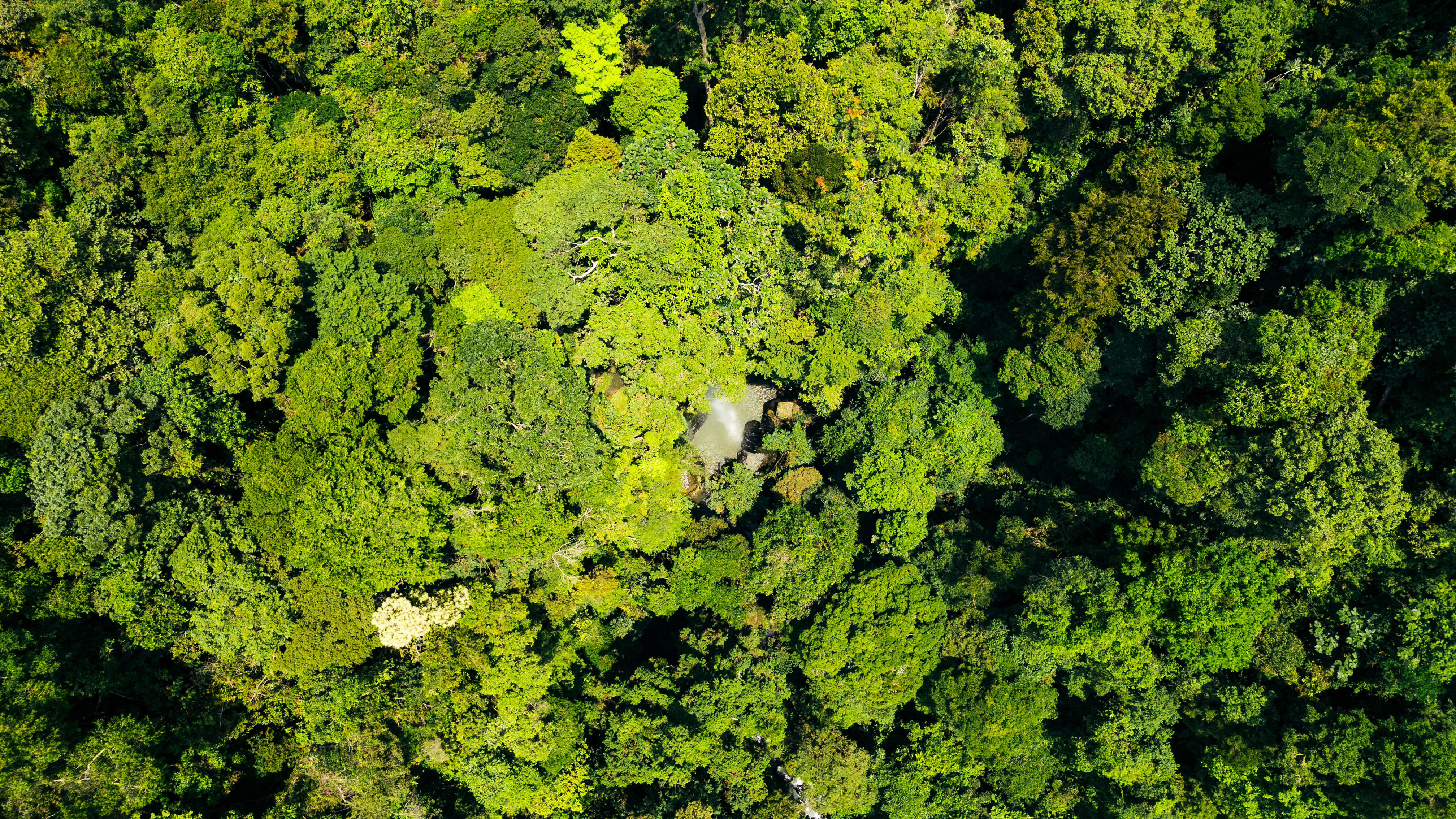PUBLIC HEALTH IS ALSO AFFECTED
JAKARTA, KOMPAS - Global warming that results in climate change not only affects agriculture or marine sectors, but also indirectly affects public health.
Increasing temperature, humidity, and wind speed can increase the population, extend the life span, and expand the spread of vectors, resulting in an increase in infectious disease cases. Vectors are disease-transmitting animals (e.g. mosquitoes, rats and pigs).
Head of the Department of Environmental Health at the University of Indonesia Budi Haryanto earlier this week in Jakarta revealed that climate change due to global warming can have a direct impact, such as causing heat waves, floods, and other natural disasters.
However, there are also indirect impacts of global warming, such as infectious, noninfectious, and malnu-trisL
Budi gave an example, one of the infectious diseases that has the potential to increase is dengue hemorrhagic fever (DBD) caused by the dengue virus.
The increasing intensity of rainfall due to increasing air temperatures results in an increasing volume of standing water. In fact, stagnant water is an ideal breeding ground for the Aedes aegypti mosquito which serves as the spreader of the dengue virus. The dengue virus is the cause of dengue fever. The more breeding places for mosquitoes, the more the number of mosquitoes.
Shorten the cycle
Temperature changes also shorten the life cycle of mosquitoes from egg to adulthood and laying eggs again
In the past, the cycle from larva to adult mosquito was around 10-12 days. However, it has been found that the life cycle of mosquitoes is now about 7 days, resulting in faster production of mosquitoes
The frequency of female adult mosquitoes biting is also more frequent so that more people are bitten ""As a result, the risk of people being infected becomes greater and
this will affect human activities, "said Budi.
So far there have been no studies that prove a direct link between changes in disease patterns and climate change. However, there has been an increase in cases of certain diseases, such as dengue.
Based on data from the Ministry of Health, in 2008 there were 137,469 cases of dengue, with 1,187 deaths. During 2009 the number of dengue cases rose to 154,855 cases, with 1,384 deaths.
Three levels of adaptation
To adapt to the various impacts of climate change on health, Budi said, there are at least three levels of adaptation, namely primary, secondary, and tertiary prevention.
The right steps to overcome the impacts of climate change on health are more suitable for adaptation than mitigation. Adaptation measures aim to reduce risks, while mitigation reduces carbon emissions to slow the rate of global warming.
Adaptation at the primary level that can be done is to reduce the potential for impact from the source. In the case of dengue fever, for example, by eradicating mosquito larvae and nests. At the secondary level, by controlling cases so that they do not increase and spread. At the tertiary level, by preventing the fatality of the victim or sufferer's disease.
For all these steps, readiness is needed, both in terms of the availability of qualified health workers, the availability of drugs, access to health services, and good management procedures. ""The provision of health workers and services is very important when extraordinary events occur,"" Budi continued.
Chairman of the Indonesian Medical Association Prijo Sidipratomo said that doctors have heard the issue of climate change and the possibility of changes in disease trends in the community, however, the depth of understanding is not known.
He said, in developing countries like Indonesia, the impact of climate change is certainly more severe because of limited resources. In order to adapt to various health problems due to climate change, equal distribution of the number of health workers, improving the quality of health services, and community access to health services is increasingly urgent.
""If all of that has been fulfilled and there is a guarantee of public health from the government, various problems, including the impact of climate change, can be anticipated properly,"" he said.
The results of the analysis of climate change on the health sector by the National Council on Climate Change and the Ministry of the Environment said that weather and climate affect the pa-togenesis (origin and development of disease) of various diseases in different ways from one another.
Climate change also increases the likelihood of mosquito-borne diseases, such as malaria, West Nile virus brain inflammation, filaria-sis, japaneses encephalitis, and dengue fever. (INE)




